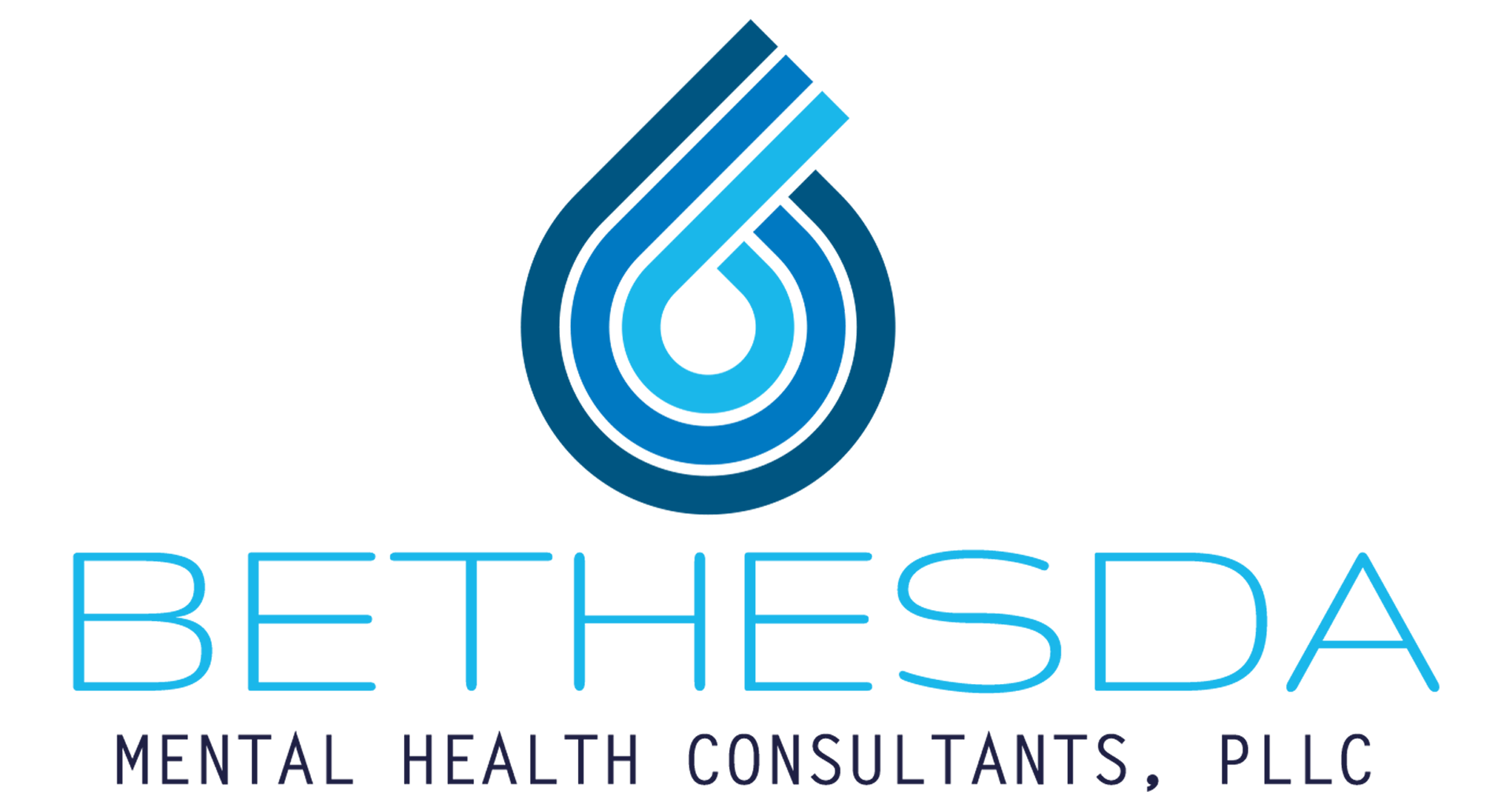Acute Stress Disorder (ASD)
Acute Stress Disorder (ASD) is a trauma- and stressor-related disorder classified in the Diagnostic and Statistical Manual of Mental Disorders, Fifth Edition (DSM-5). It typically occurs within a month following exposure to a traumatic event which overwhelms an individual’s ability to cope and triggers a range of distressing symptoms. The exact cause of ASD can vary depending on the nature and intensity of the traumatic event, as well as individual response to these factors.
Recognizing Acute Stress Disorder
Intrusive Memories: Experience distressing memories, nightmares, or flashbacks related to a traumatic event.
Avoidance Behaviors: Individuals may try to avoid reminders of the trauma, including associated thoughts or feelings.Increased Arousal: May manifest as heightened anxiety, irritability, or difficulty concentrating.
Diagnosing Acute Stress Disorder with the DSM-5
Using the DSM-5, mental health professionals diagnose ASD by confirming exposure to trauma, assessing intrusive memories, avoidance behaviors, and increased arousal symptoms, and evaluating the duration of symptoms within the first month post-trauma.
Psychoeducation: Learn about trauma effects and understand that ASD symptoms are a natural response to an abnormal situation.
Talk Therapy (Counseling): Engage in counseling to process and make sense of the traumatic experience, reducing the impact of intrusive memories.
Coping Strategies: Develop coping strategies like mindfulness or relaxation techniques to manage anxiety and arousal.
Taking the First Step Towards Healing
Acknowledge your feelings with compassion and seek professional support. Our mental health practice offers insights, support, and personalized treatment plans for your recovery journey.
